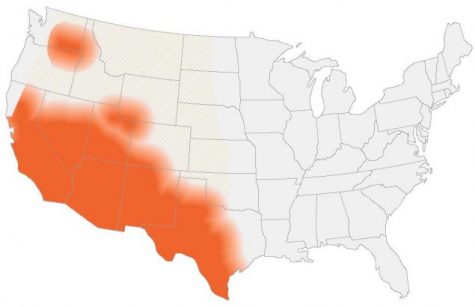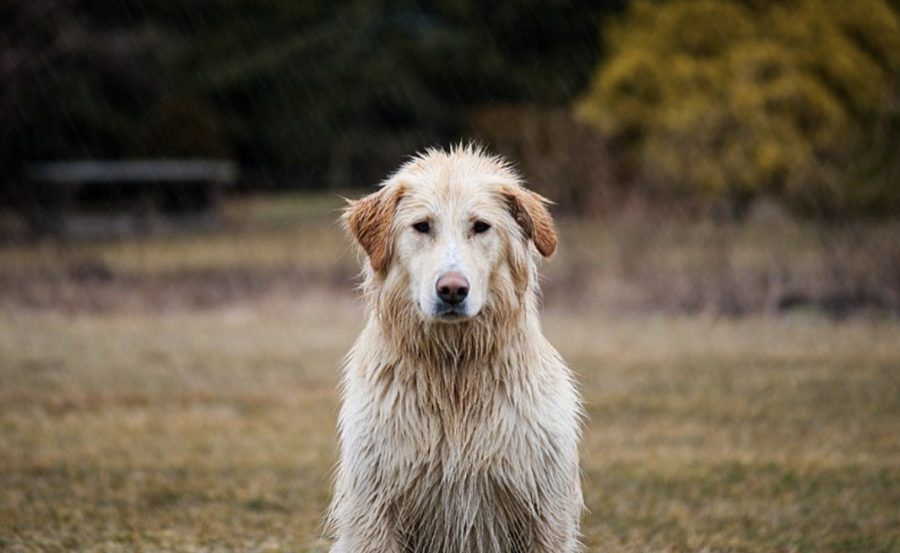Protect Your Furry Friend During Monsoon
August 17, 2021
Though this record-breaking monsoon season has brought many pros, Valley Fever has decided to knock on Arizona’s door, and not for the right reason.
When it comes to Valley Fever, the illness is airborne and the fungus can grow within the soil due to rain. If the fungal spores are inhaled it may make pets sick, specifically the lungs. Valley Fever not only can take place in Arizona, but in the southwestern United States in general. Any animal can get the disease, but dogs tend to be the mammals that largely compose the cases. On the positive side, Valley Fever is not contagious.

The most common symptoms of the illness are coughing, weight loss, lack of appetite, and so on. Signs may be evident around three weeks after infection. However, the fever may be dormant for years before symptoms occur, during which the fungus could spread throughout the body. This may lead to an impact on the animal’s joints and bones.
The best way to prevent your pet from getting ill is by avoiding long durations of outside time during extreme weather, the behavior of digging in the dirt, etc. There is yet to be an exact vaccine for canines, but it is currently being developed. University of Arizona’s Valley Fever Center for Excellence is in the process of looking for dog owners interested in participating in a study of the vaccine. According to Veterinarian Dr. Lisa Shubitz, she and her team at Valley Fever Center hope to have the Canine Valley fever vaccine by 2022. If you are interested in enrolling your pet as a part of the study, click here.
As Arizona is going through monsoon season around this time, make sure you strive for the best for your pet’s health!












